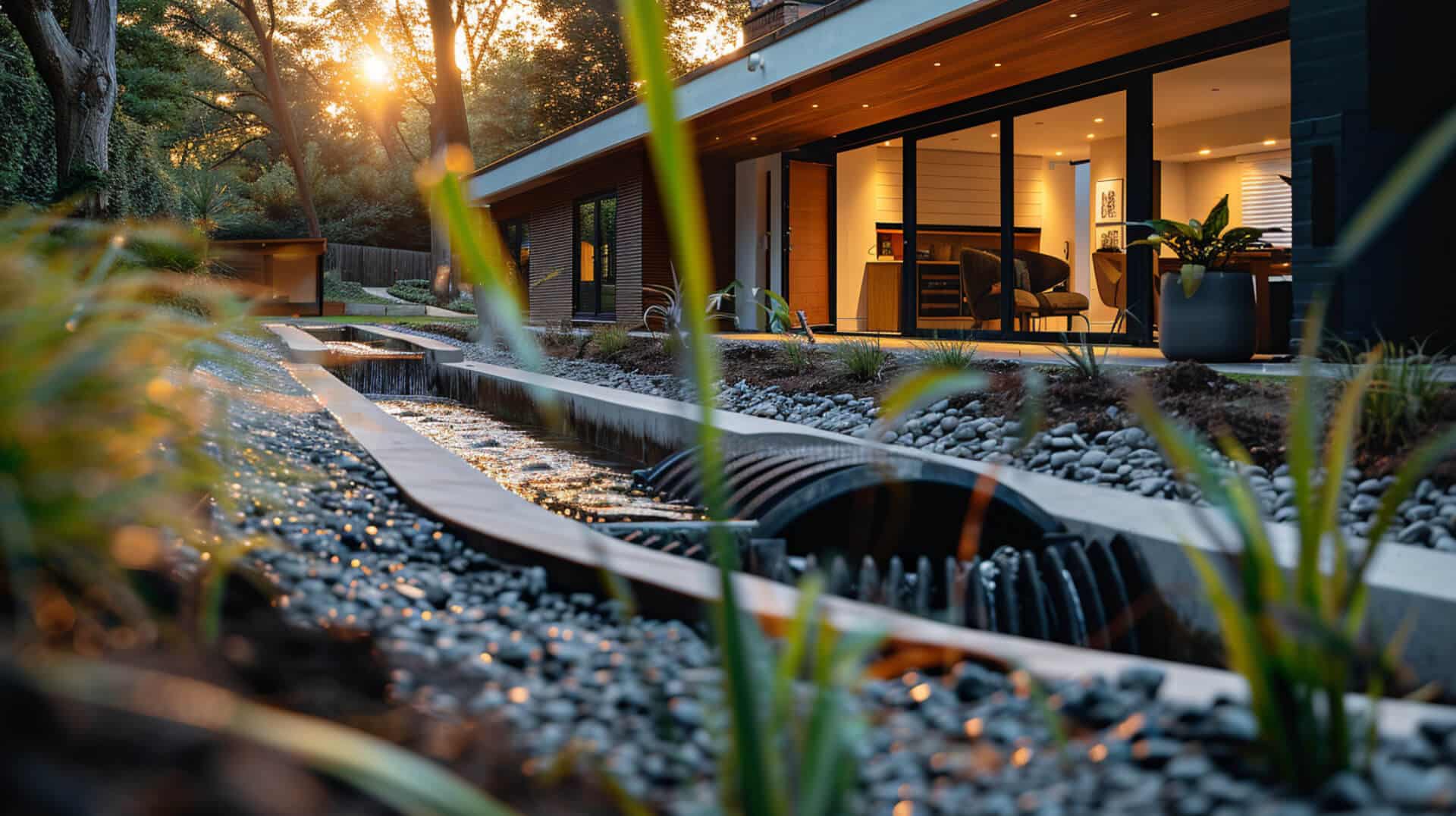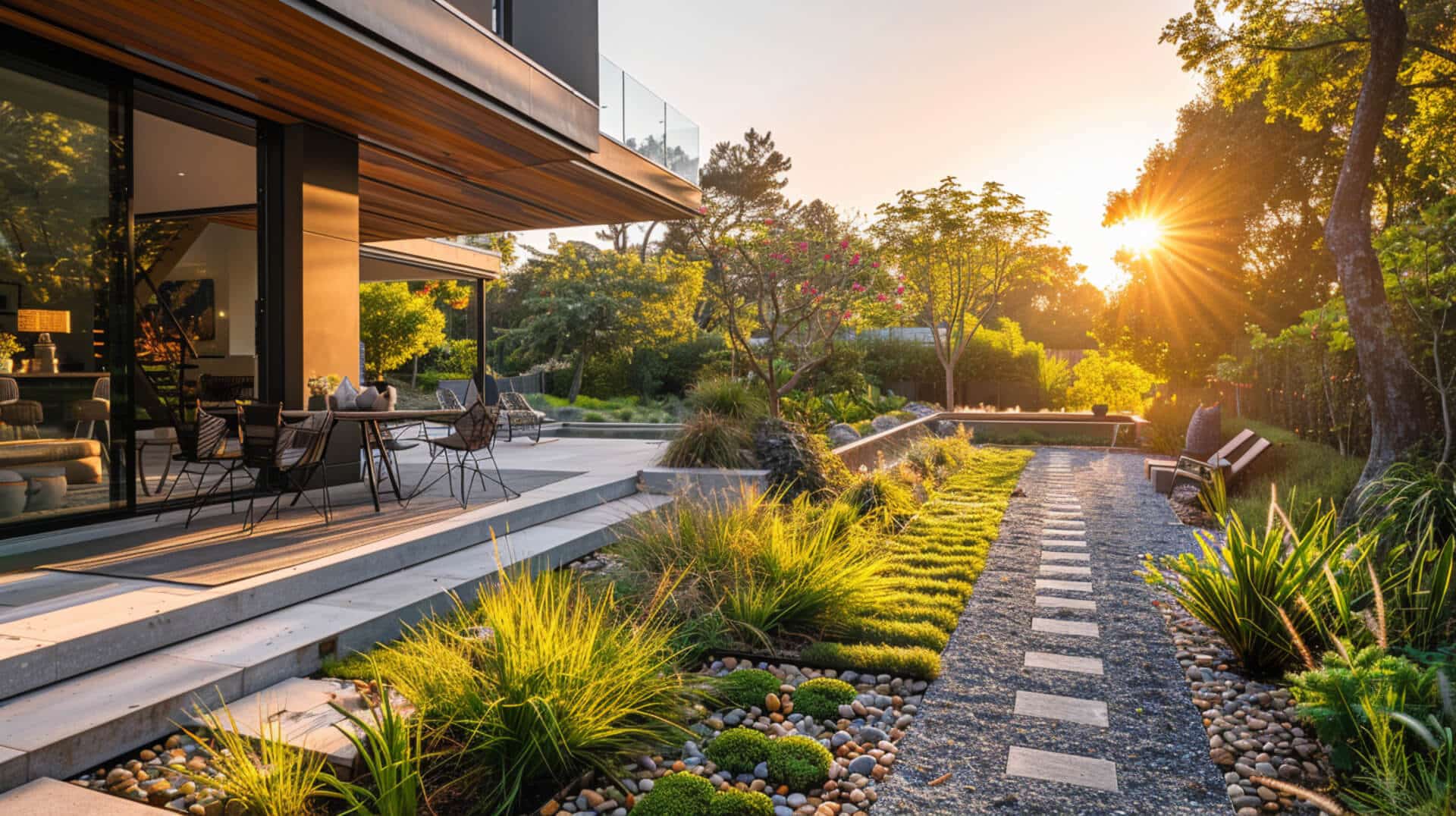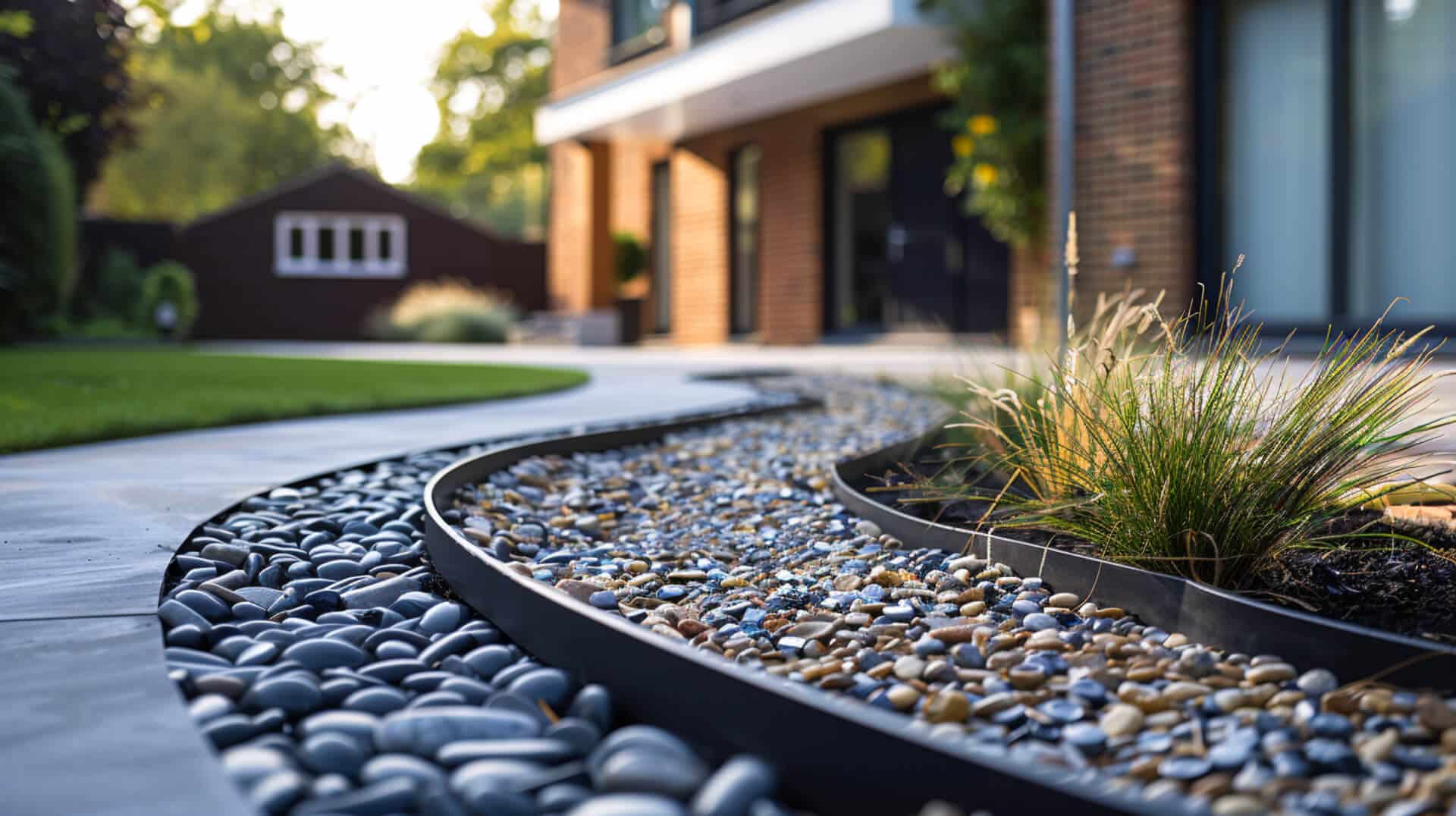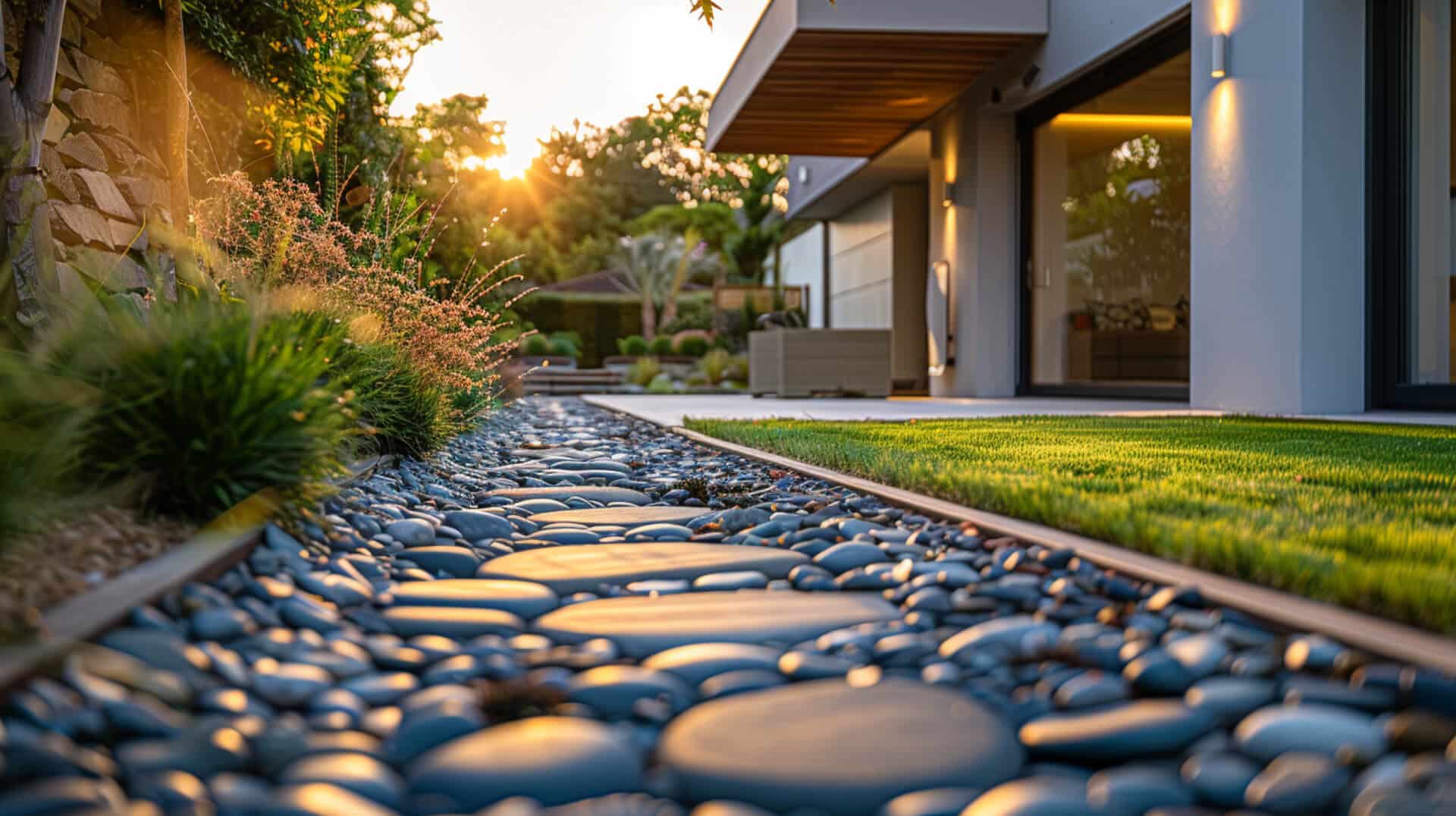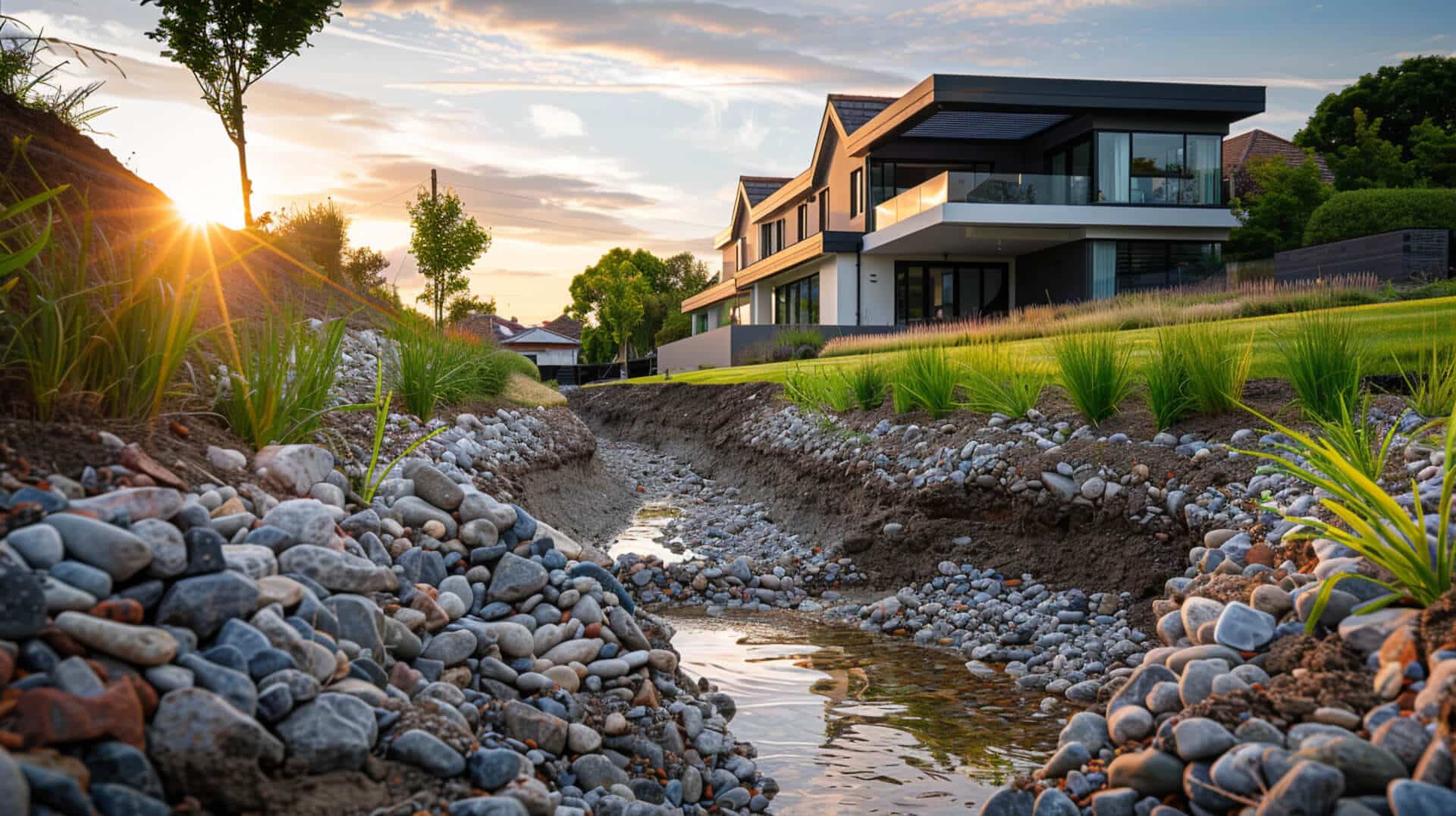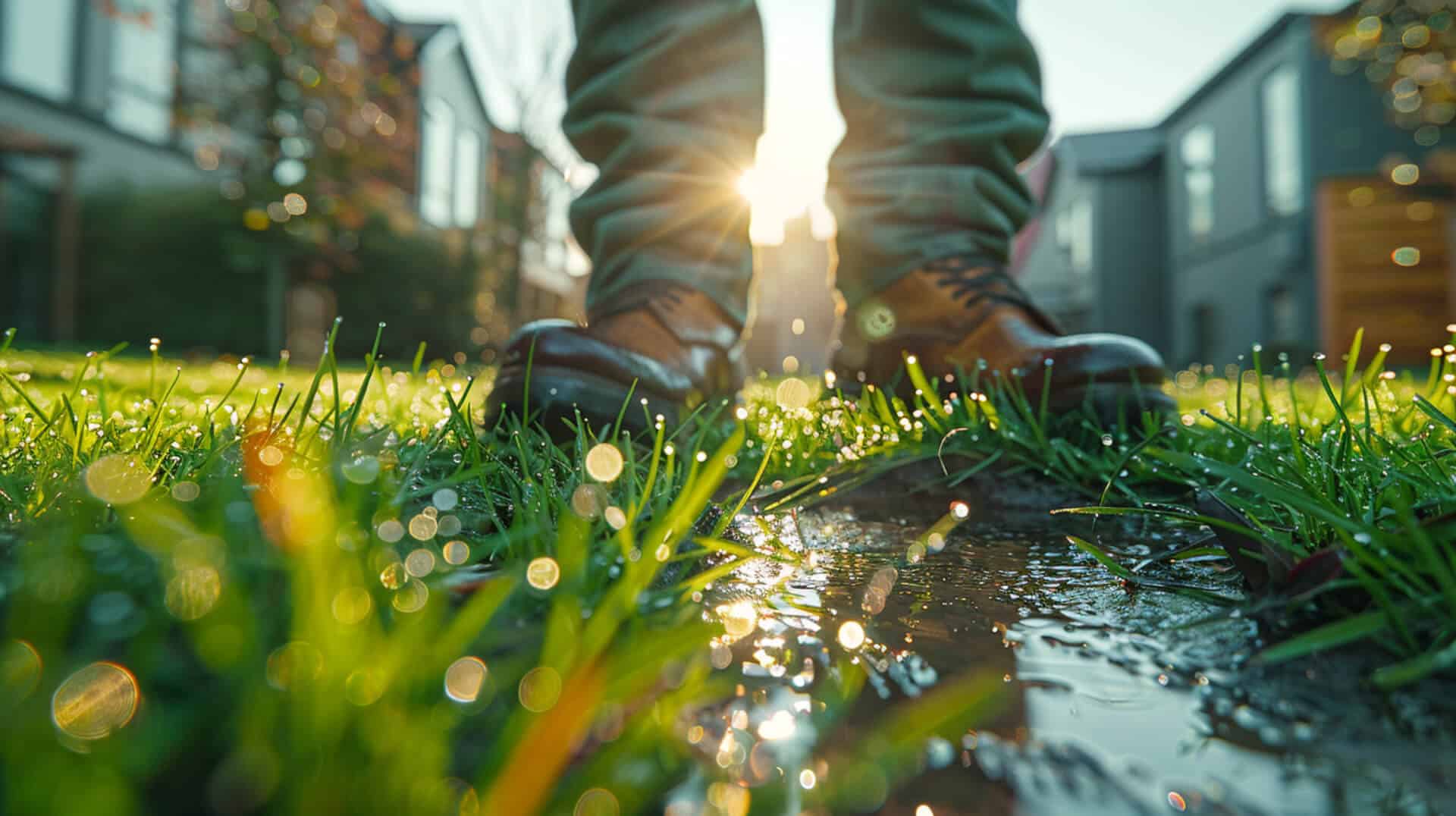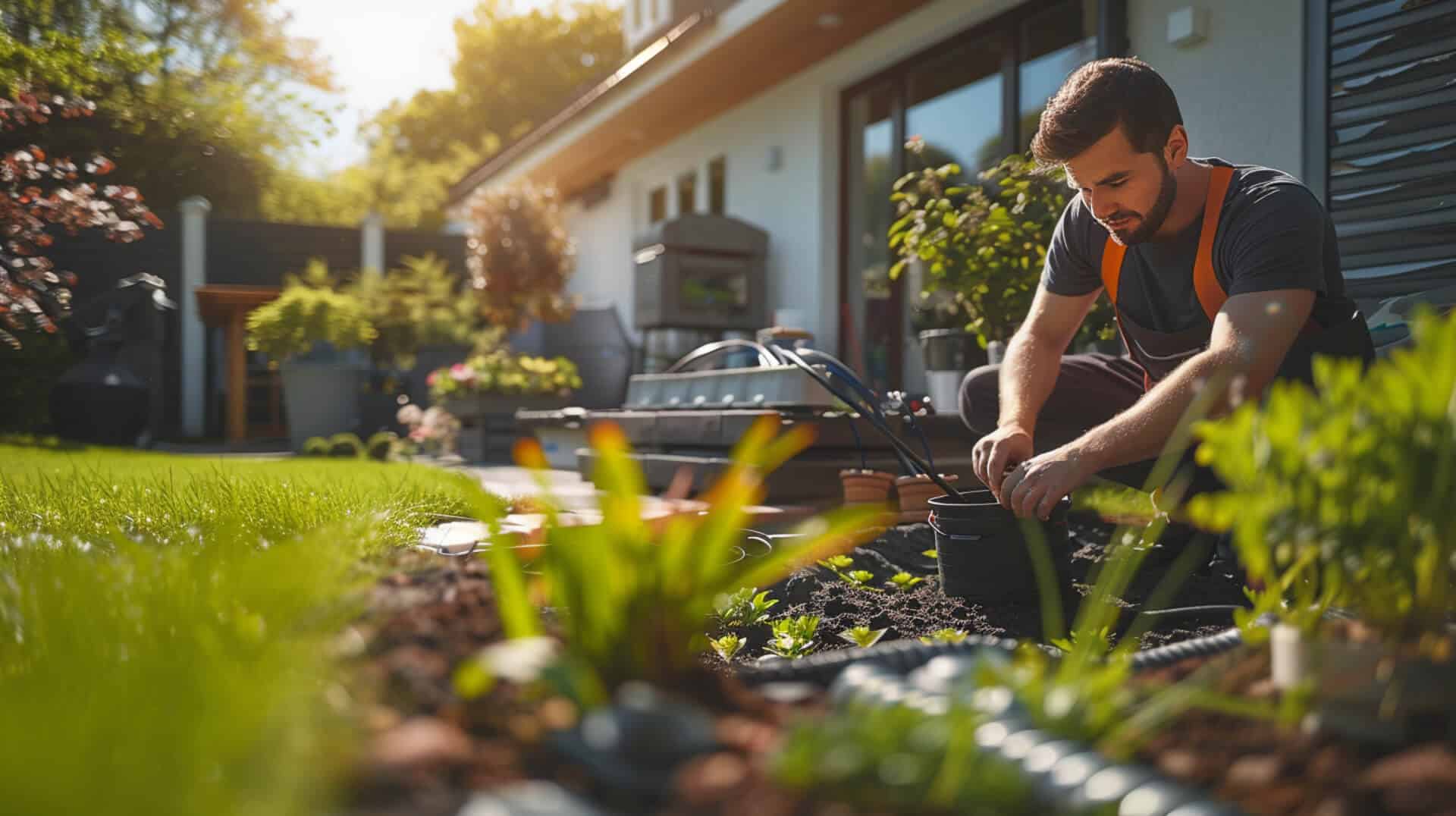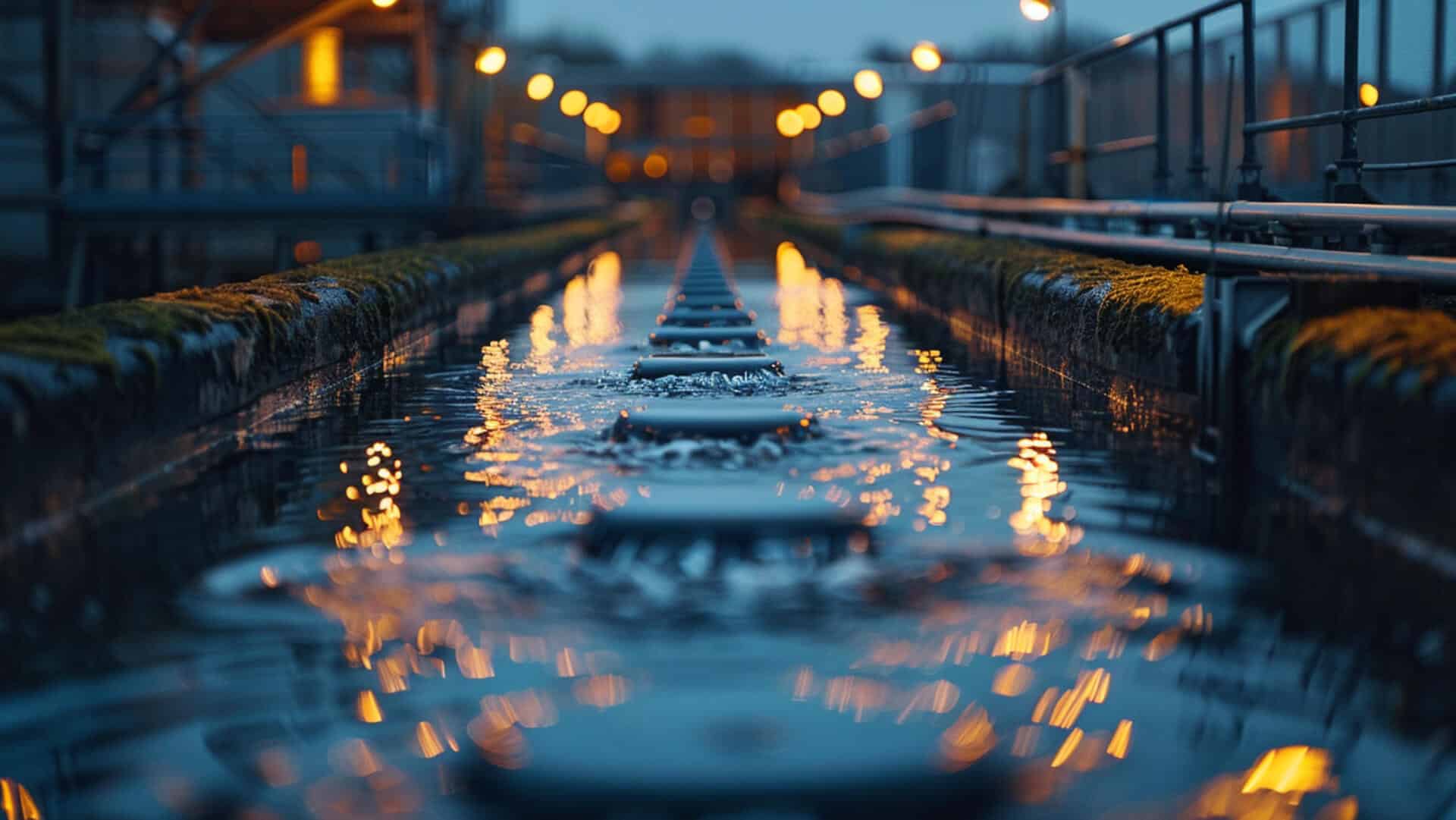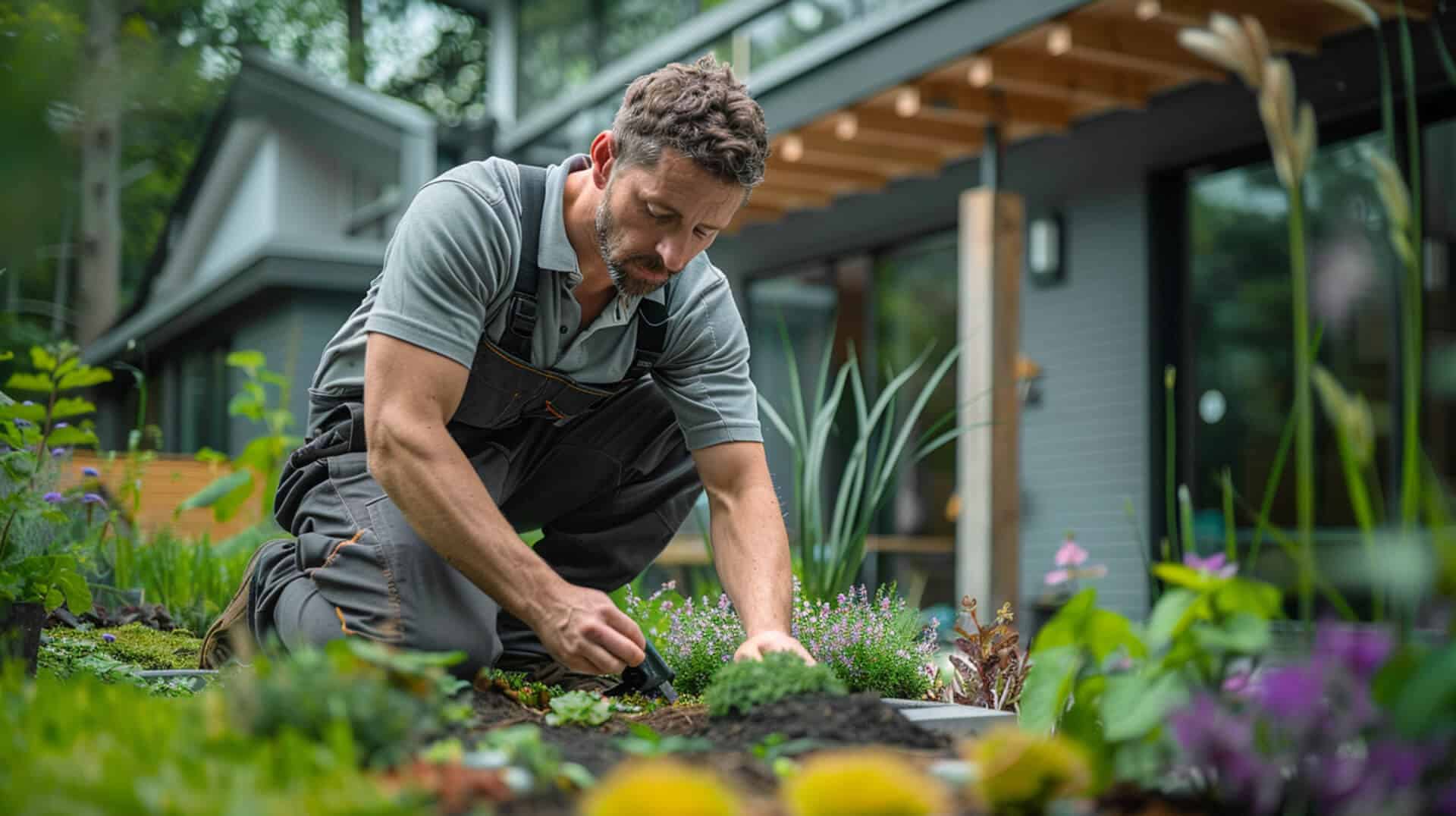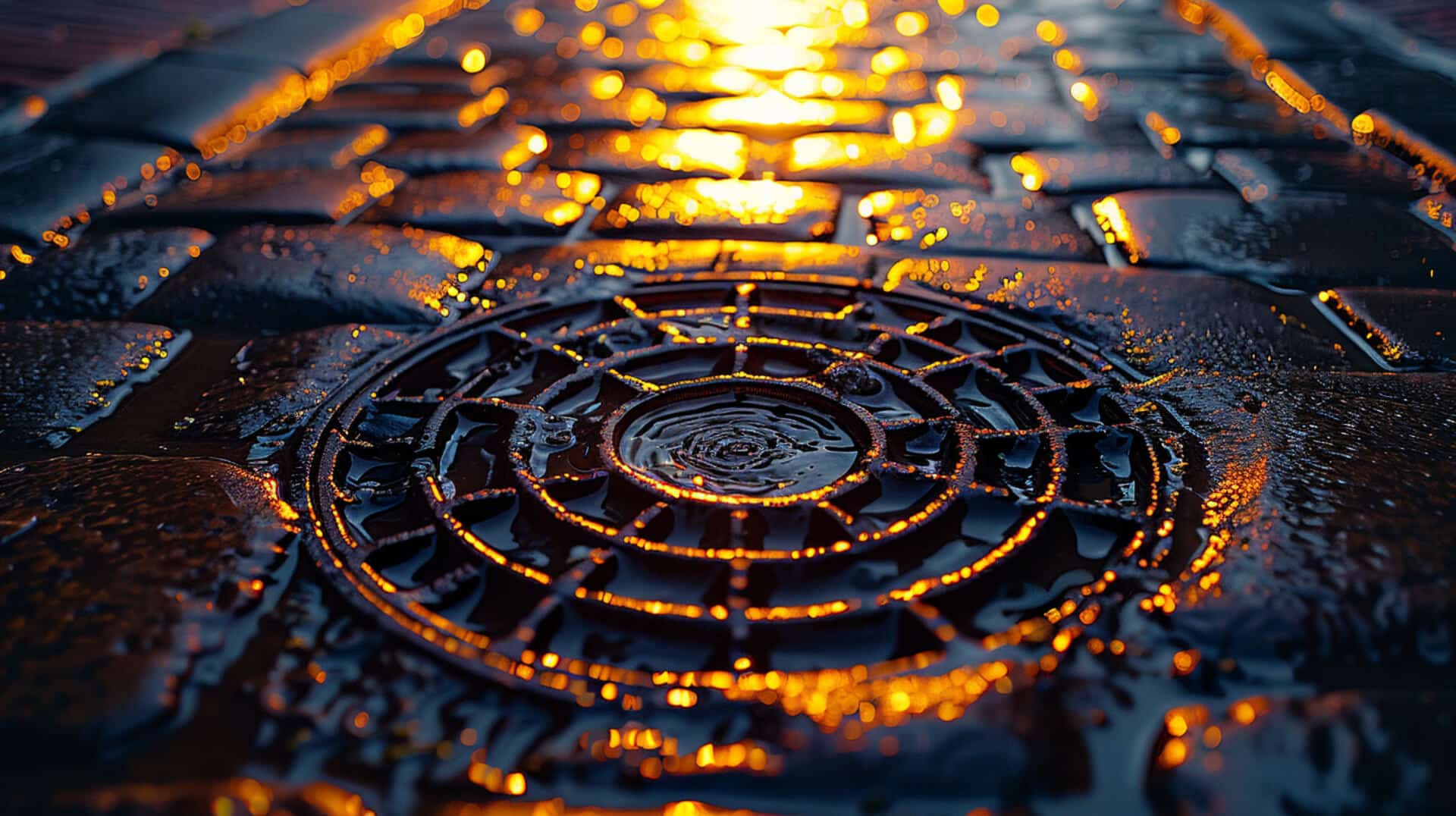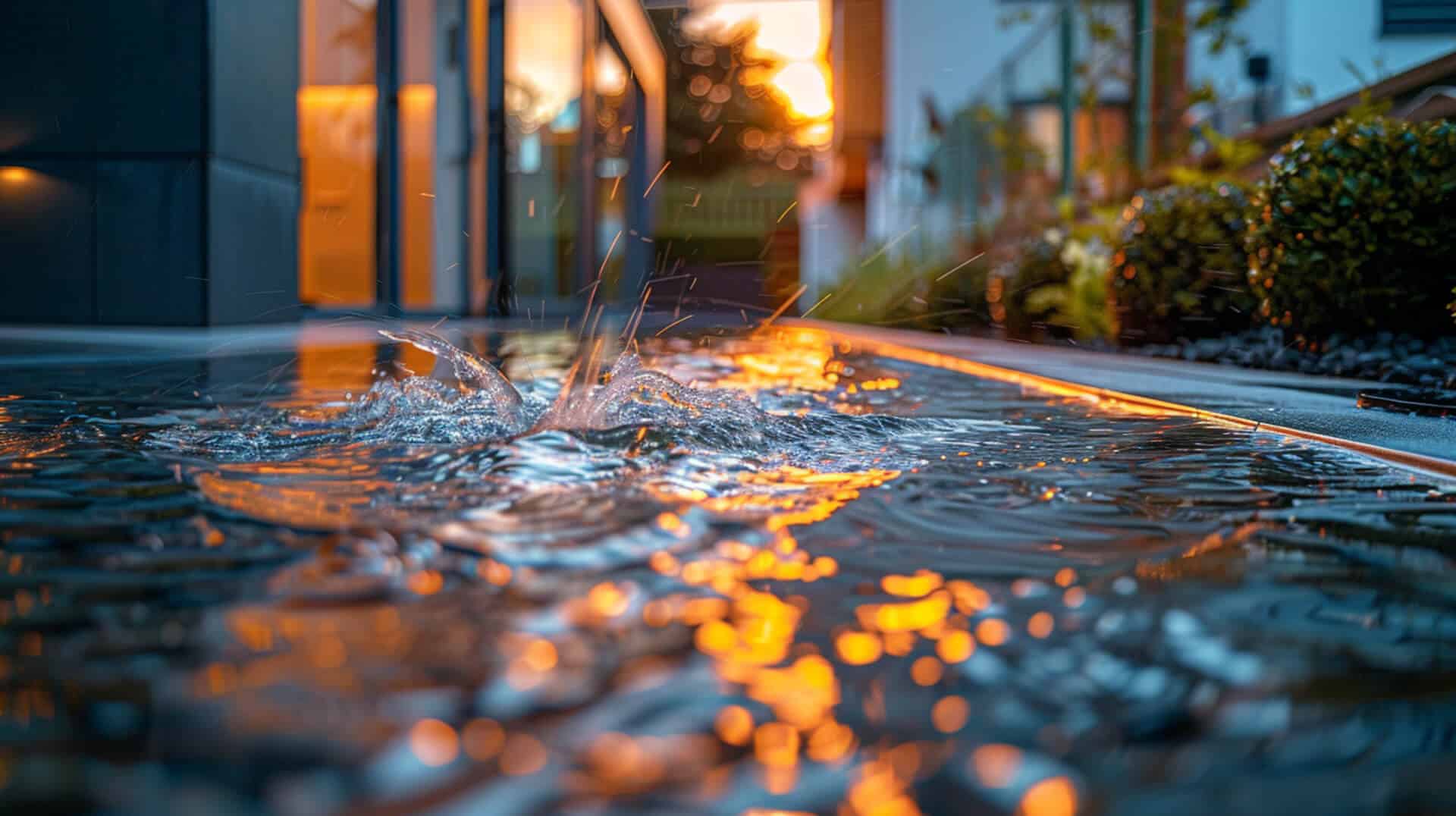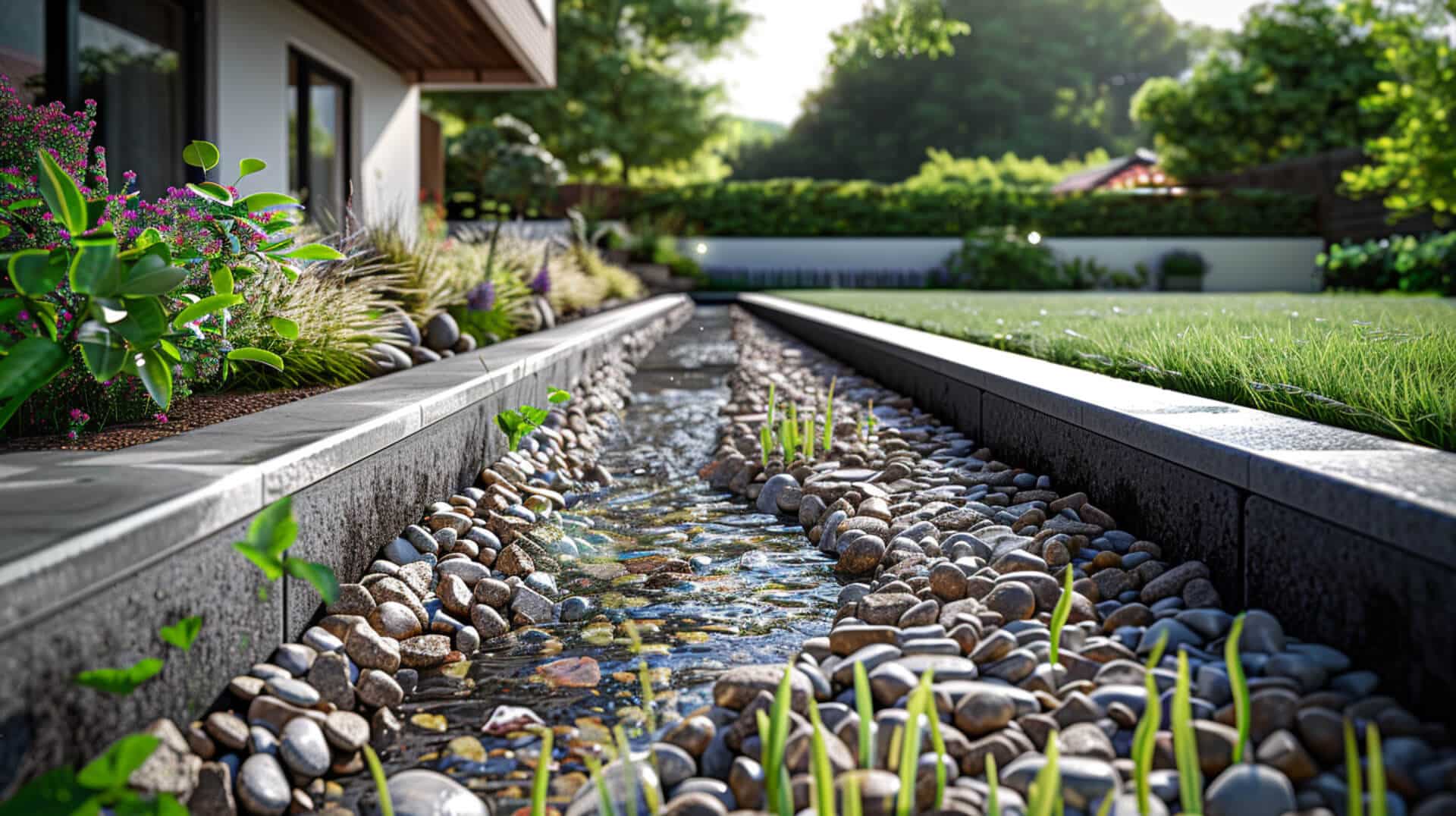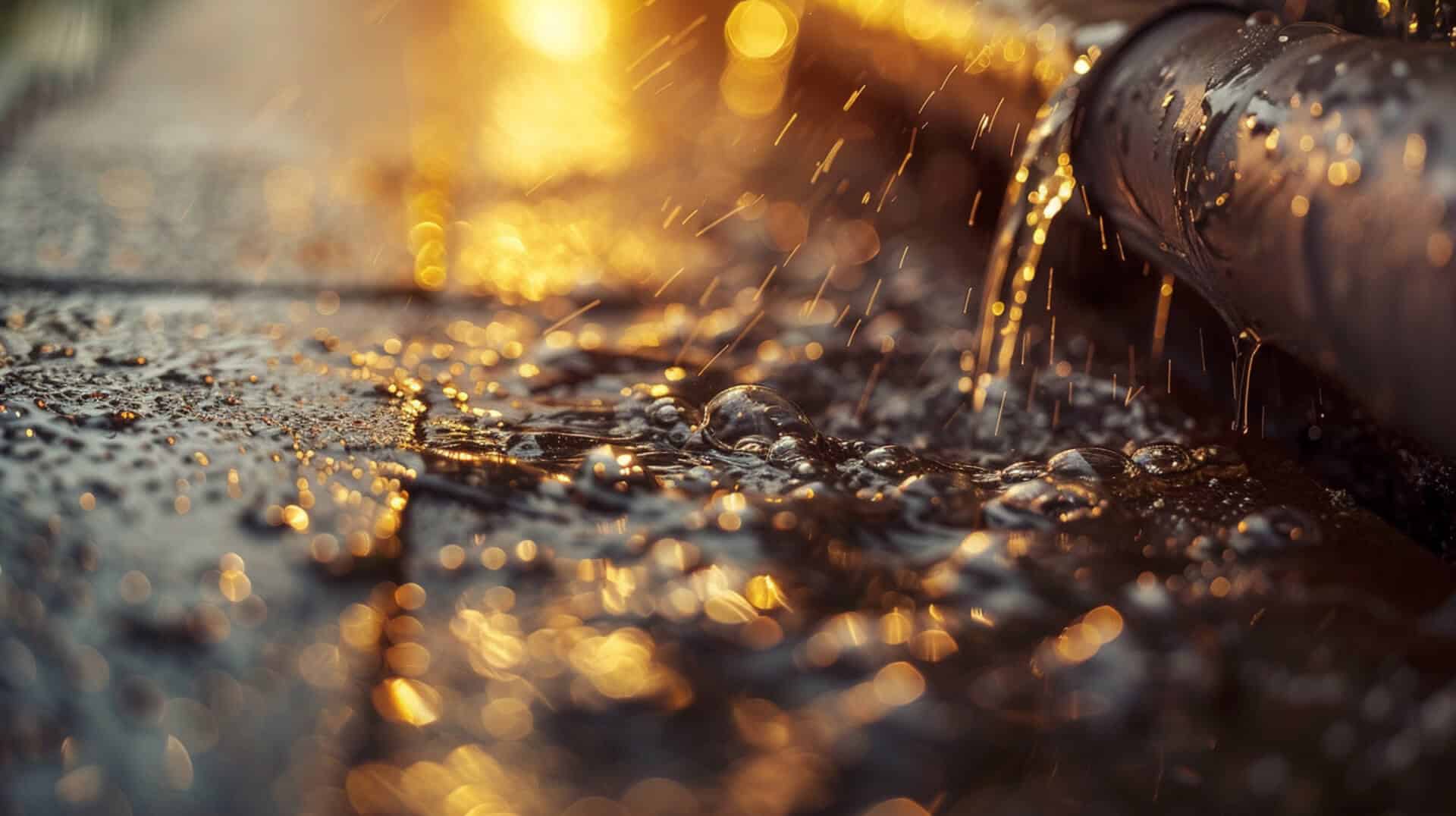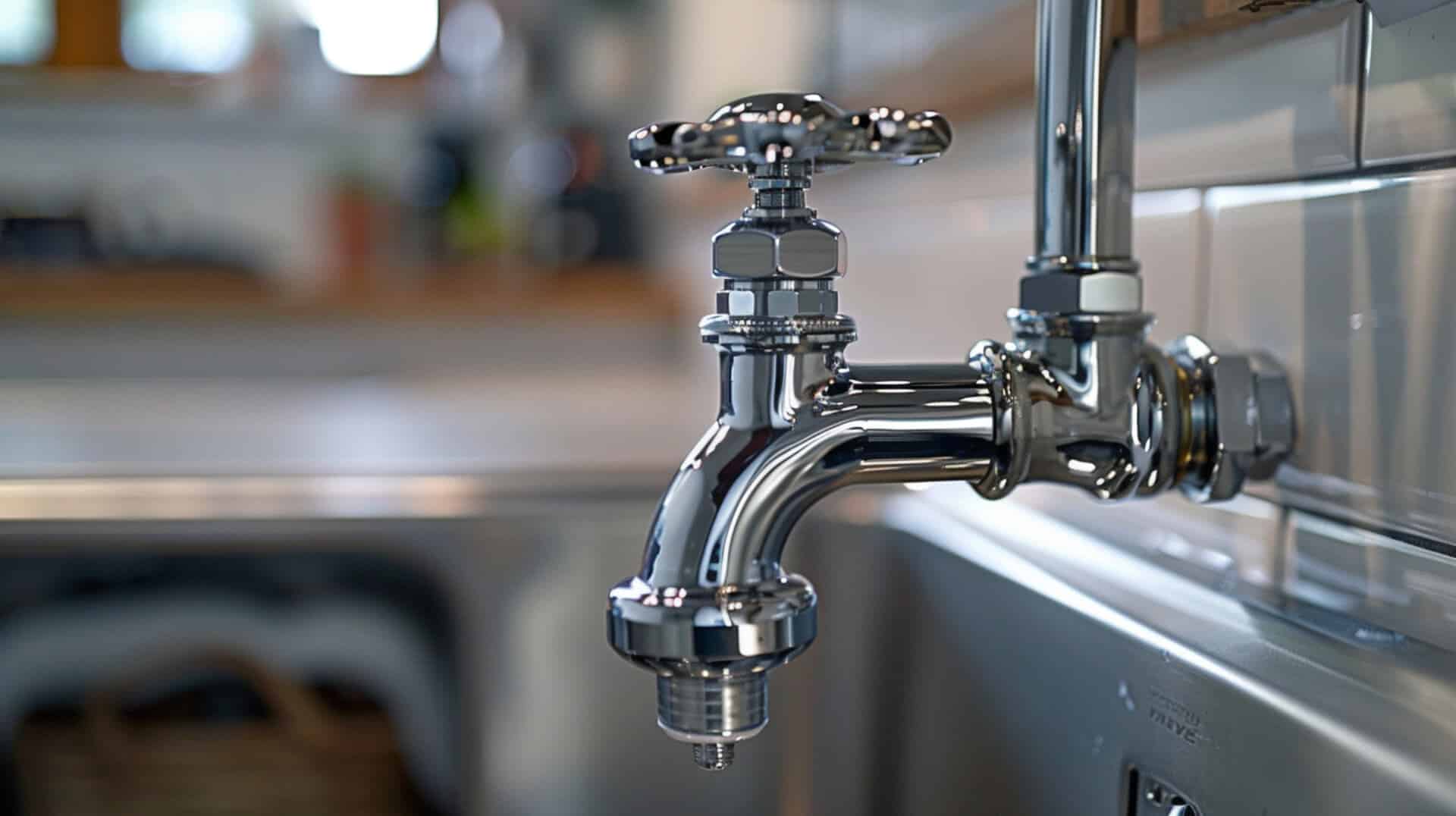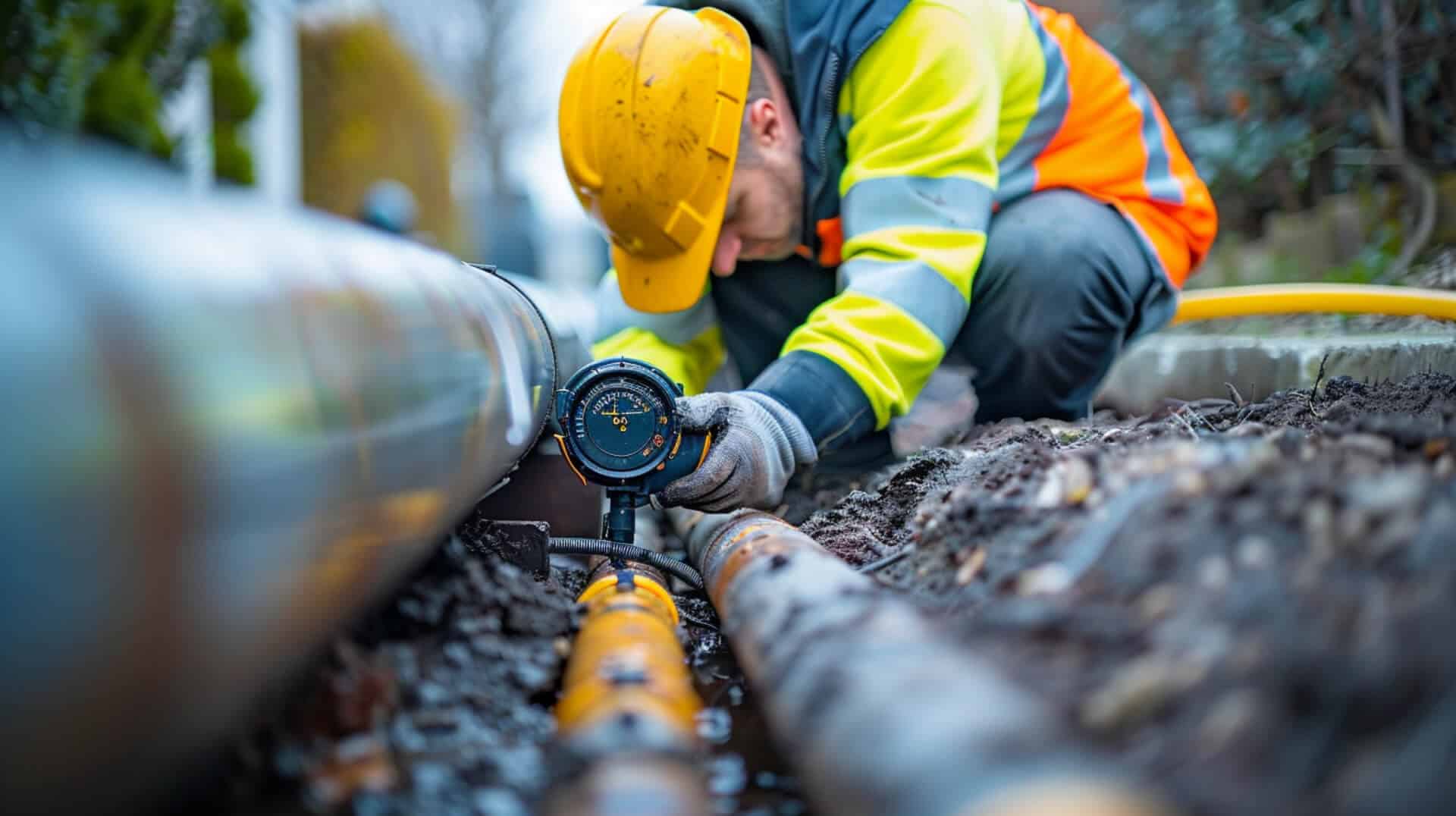 What Is A Drainage Soakaway And How Does It Work
What Is A Drainage Soakaway And How Does It Work
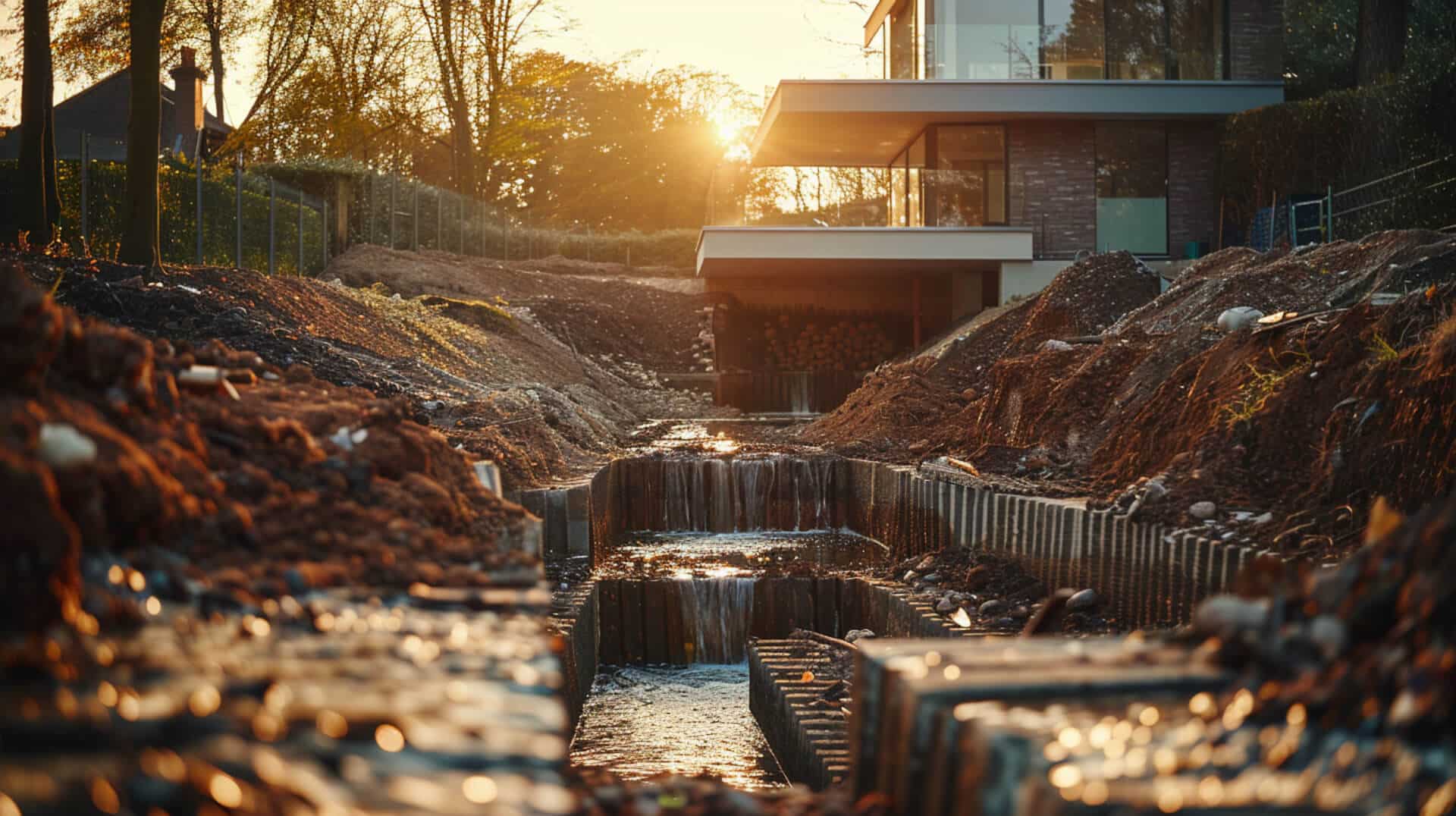
A drainage soakaway is a subterranean structure designed to manage excess surface water by facilitating its infiltration into the ground. These systems are integral to modern water management, serving to mitigate flooding and reduce the burden on sewer systems. Soakaways are typically constructed by excavating a pit, which is then filled with rubble or other permeable materials, and finally, wrapped in geotextile fabric to prevent soil contamination.
The Evolution of Soakaway Systems
Over time, soakaways have evolved significantly. Initially, they were simple pits filled with rubble, but advancements in materials and environmental engineering have led to the development of sophisticated plastic crate systems. These modern solutions are not only more efficient at water infiltration but are also environmentally friendly, reducing the ecological footprint of drainage systems.
Soakaways in Water Management
In the broader context of water management, soakaways play a crucial role. They are part of an integrated approach to handling excess water, working alongside gutters, downpipes, and other drainage infrastructures. By providing a method for water to disperse naturally into the earth, soakaways help maintain the natural water cycle and prevent the overloading of municipal drainage facilities.
The Necessity of Soakaways
Soakaways are essential for several reasons. They offer a sustainable solution to manage rainwater runoff, especially in areas prone to heavy rainfall. By allowing water to percolate through the soil, they recharge groundwater levels and reduce the risk of surface water flooding. Their importance is underscored by the fact that many building regulations now require soakaways or similar systems for new developments, highlighting their role in contemporary environmental management strategies.
The Evolution of Soakaway Systems: From Simple to Sophisticated
Soakaways have undergone significant transformation since their inception. Initially, they were rudimentary pits filled with rubble, designed to manage excess water by allowing it to percolate into the ground. Over time, these basic structures have evolved into sophisticated systems that are more efficient and environmentally friendly.
Advancements in Soakaway Materials and Design
The progression of soakaway systems is marked by the adoption of advanced materials and design techniques. Traditional stone and rubble have given way to modern geo-cellular crates, which offer improved water infiltration and filtration capabilities. These innovations have not only enhanced the efficiency of soakaways but also their sustainability.
Environmental Awareness and Soakaway Development
Environmental considerations have played a pivotal role in the evolution of soakaways. As awareness of ecological impacts has grown, soakaway systems have been designed to minimise disruption to natural water cycles and reduce the risk of flooding, thereby contributing to more sustainable land development practices.
Modern Soakaways Compared to Historical Counterparts
Modern soakaways differ from their predecessors in several key aspects. They are now constructed with a focus on long-term durability, minimal maintenance, and compatibility with the surrounding environment. The integration of these systems into comprehensive water management strategies reflects a holistic approach to addressing the challenges of surface water drainage.
Key Applications and Benefits of Soakaways
Soakaways serve as an integral component of modern drainage systems, primarily used where excess surface water needs to be managed. They are most effective in scenarios where traditional drainage solutions are impractical or environmentally unsound.
Effective Flood Prevention and Property Protection
Soakaways contribute significantly to flood prevention by collecting and dispersing water away from built-up areas. This function protects properties from water damage and mitigates the strain on urban drainage systems during heavy rainfall.
Environmental Advantages of Soakaways
Environmentally, soakaways offer the benefit of recharging groundwater. By facilitating the infiltration of rainwater back into the earth, they help maintain the natural water cycle, which can be disrupted by urban development.
Preference for Soakaways in Certain Drainage Scenarios
In certain cases, soakaways are preferred over other drainage solutions due to their low impact on the environment and their ability to handle large volumes of water without the need for extensive and costly drainage infrastructure. Their design allows for adaptability to various site conditions, making them a versatile option for many property owners, business owners, and facility managers.
Materials and Construction Techniques for Soakaways
Soakaways are constructed using a variety of materials, each selected for their durability and permeability. Common materials include stones, rubble, or more modern geo-cellular crates, which are specifically designed to manage water infiltration and filtration.
The Soakaway Construction Process
The construction of a soakaway involves several key steps. Initially, a suitable location is excavated. This is followed by the placement of a geotextile wrap, which acts as a philtre, preventing soil from clogging the system. After the geotextile is in place, the chosen mediumbe it stone, rubble, or a plastic crateis installed. Finally, the system is connected to guttering to direct water into the soakaway.
Importance of Geotextile Wrapping
Geotextile wrapping is a critical component in soakaway construction. It serves as a permeable barrier, allowing water to pass through while keeping soil and other fine particles out. This helps maintain the soakaway’s functionality and longevity by preventing blockages that could impede water flow.
Considerations for Effective Soakaway Construction
During the construction phase, several considerations must be taken into account to ensure the soakaway’s effectiveness. These include conducting soil percolation tests to assess the site’s drainage capacity and adhering to local building regulations and environmental guidelines. Proper planning and execution of these steps are essential for a soakaway to function as intended, providing efficient water management for the property.
Integrating Soakaways with Existing Drainage Systems
Soakaways are designed to work in harmony with existing drainage systems, providing an efficient method for managing excess surface water. They are particularly beneficial in areas prone to heavy rainfall or where traditional drainage infrastructure may be overwhelmed.
Role of Guttering, Downpipes, and Gullies
Guttering, downpipes, and gullies play a crucial role in directing water into soakaways. These components collect rainwater from roofs and paved areas, channelling it safely away from structures to prevent water damage.
- Guttering: Captures water as it runs off the roof.
- Downpipes: Conduct the water from the guttering to ground level.
- Gullies: Collect water from ground surfaces and feed it into the drainage system.
Comprehensive Drainage System Considerations
When installing a soakaway, it’s important to consider the entire drainage system to ensure compatibility and effectiveness. This includes assessing the capacity of existing gutters and downpipes and ensuring they are in good repair to handle the water flow.
Retrofitting Soakaways into Existing Infrastructures
Soakaways can be retrofitted into existing drainage systems, provided there is sufficient space and the ground conditions are suitable. This process may involve:
- Conducting a thorough assessment of the current drainage setup.
- Identifying the optimal location for the soakaway to maximise efficiency.
- Ensuring that the retrofit does not disrupt the existing landscape or infrastructure.
By carefully planning and integrating soakaways with existing drainage components, you can enhance the resilience of your property’s water management system.
Location Strategy and Geological Considerations for Soakaways
Choosing the right location for a soakaway is crucial for its effectiveness. The site must allow for easy infiltration of water into the ground while also being accessible for maintenance.
Assessing Geological Factors
Before planning a soakaway, it’s important to consider the geological makeup of the soil. Permeability is key; soils with high clay content, for example, may not be suitable due to poor drainage properties. A percolation test can determine the soil’s absorption rate, which is essential for designing an effective soakaway.
Importance of Regulatory Compliance
Compliance with local and national building regulations ensures that soakaways are installed correctly and function safely. Regulations often dictate the distance a soakaway must be from buildings and property boundaries to prevent structural damage and waterlogging.
Influence of Local Council Directives
Local council directives may provide additional guidelines specific to the area, such as environmental considerations and water table levels. Adhering to these directives can prevent future legal and functional issues with the soakaway system.
By carefully selecting the location and considering geological and regulatory factors, you can ensure that your soakaway system operates efficiently and within legal requirements.
Maintenance and Longevity of Soakaways
Proper maintenance is essential for the longevity of soakaway systems. Regular inspections can help identify and address issues before they escalate, ensuring the soakaway continues to function effectively.
Routine Maintenance Protocols
For soakaways to remain operational, routine maintenance is necessary. This includes:
- Vegetation Control: Preventing roots from penetrating and damaging the structure.
- Inspection: Checking for signs of silt accumulation or blockages that could reduce capacity.
- Cleaning: Jet-washing plastic structures to remove debris and maintain water flow.
Expected Lifespan of Soakaways
A well-maintained soakaway can last for several decades. However, the lifespan can vary based on factors such as the materials used, the volume of water managed, and the surrounding soil conditions.
Common Issues with Soakaways
Soakaways may encounter problems such as:
- Silt Accumulation: Leading to reduced capacity and efficiency.
- Overflow: Caused by blockages or excessive water flow.
- Structural Damage: From root intrusion or heavy surface pressure.
Importance of Regular Inspections
Regular inspections are critical to identify and rectify issues early. They ensure that soakaways continue to protect your property from water damage and contribute to effective water management.
Addressing Challenges in Soakaway Implementation
Implementing a soakaway system can present several challenges for property owners. Understanding these challenges and knowing how to address them is crucial for the successful integration of a soakaway into your property’s drainage infrastructure.
Mitigating Soakaway Challenges
Challenges in soakaway implementation often stem from site-specific conditions such as soil type, space constraints, and local regulations. To mitigate these issues:
- Soil Type: Conduct thorough percolation tests to ensure the soil is suitable for a soakaway.
- Space Constraints: Design a soakaway that fits within the available space while meeting efficiency requirements.
- Local Regulations: Consult with local authorities to ensure compliance with all relevant building and environmental regulations.
The Role of Professional Evaluation
Professional evaluation is essential in soakaway planning. Experts can provide valuable insights into the best practices for design and installation, tailored to your property’s unique conditions. They can also navigate the regulatory landscape to ensure that your soakaway meets all legal requirements.
Tailored Solutions for Soakaway Systems
Solutions for soakaway challenges vary depending on the specific issues at hand. For instance, if the ground is prone to saturation, a more robust system with additional capacity may be necessary. Conversely, in areas with limited space, a compact design using modern materials like geo-cellular crates might be the best option. Engaging with professionals who specialise in drainage solutions ensures that your soakaway system is designed and implemented to address these challenges effectively.
Regulatory Framework and Compliance for Soakaways
Understanding the regulatory framework governing soakaways is essential for ensuring that your drainage system is both effective and lawful.
Building Regulations and Environmental Standards
Soakaways must comply with specific building regulations and environmental standards, which dictate their design, location, and construction. In the UK, for instance, Approved Document H of the Building Regulations provides guidance on the installation of soakaways for rainwater drainage. These regulations ensure that soakaways do not adversely affect the environment or contribute to pollution.
Significance of the General Binding Rules 2015
The General Binding Rules 2015 are particularly significant for property owners. They set out the conditions under which soakaways can be used for the discharge of sewage effluent. Adherence to these rules is crucial to prevent contamination of groundwater and to avoid legal penalties.
Protection Offered by Regulatory Compliance
Compliance with regulatory standards serves as a protective measure for property owners. It safeguards against potential environmental damage and ensures that soakaways are constructed to a standard that prevents future issues, such as waterlogging or structural damage to nearby buildings.
By adhering to the required regulations, you not only ensure the longevity and functionality of your soakaway but also protect yourself from potential legal disputes and contribute to the overall well-being of the environment.
Professional Assistance and Services for Soakaways
When implementing a soakaway system, seeking professional assistance can be pivotal in ensuring the project’s success. Professionals in drainage engineering bring expertise that is crucial for both the design and execution of an effective soakaway.
When to Seek Professional Help
You should consider professional services at the planning stage of a soakaway project. Experts can conduct necessary assessments, such as soil percolation tests, and provide design solutions that comply with regulatory standards. Additionally, if you encounter challenges with existing soakaways, such as blockages or inefficiencies, professional advice can be invaluable.
Services Offered by Drainage Professionals
Drainage professionals offer a range of services, including:
- Installation: Ensuring that soakaways are correctly placed and constructed.
- Maintenance: Providing routine checks and cleaning to maintain functionality.
- Compliance: Advising on and implementing solutions that adhere to environmental and building regulations.
Benefits of Expertise in Drainage Engineering
Expertise in drainage engineering is beneficial for several reasons:
- Problem-Solving: Professionals can troubleshoot and resolve complex issues that may arise during installation or maintenance.
- Regulatory Knowledge: They are well-versed in the legal aspects of soakaway implementation, helping you navigate the complexities of compliance.
- Optimal Functionality: With their knowledge, professionals can design soakaways that operate efficiently, managing water effectively and protecting your property from water damage.
By engaging with specialists, you ensure that your soakaway system is not only compliant with all regulations but also tailored to the specific needs of your property, providing peace of mind and long-term effectiveness.
Insurance Considerations for Soakaway Systems
When installing a soakaway system, it’s prudent for property owners to consider the insurance implications. Insurance can provide coverage for unforeseen damages or necessary refurbishments to the soakaway.
Coverage for Soakaway Damage
Insurance policies may cover damage to soakaways caused by external factors, such as severe weather conditions. It’s important to review your policy details or consult with your insurance provider to understand the extent of the coverage provided for soakaway systems.
Legal Obligations and Maintenance of Soakaways
Adhering to legal obligations is essential when maintaining a soakaway. Documentation of regular maintenance can serve as compliance evidence, which is particularly important when dealing with local authorities or in the event of an insurance claim.
Importance of Legal Compliance
Understanding and complying with legal responsibilities, such as the General Binding Rules 2015, can protect property owners from potential liabilities. These rules often require soakaways to be maintained in a way that prevents environmental contamination.
Protecting Against Liability
By following legal guidelines for the installation and upkeep of soakaways, property owners can safeguard themselves against claims of negligence. Proper maintenance and adherence to regulations are key to ensuring that soakaways function correctly and do not pose a risk to the environment or public health.
Ensuring Effective Drainage with Soakaways
Soakaways are a critical component of modern drainage systems, providing a sustainable solution to manage excess surface water. They are particularly valuable in areas where traditional drainage is either impractical or could have a negative environmental impact.
Sustainable Water Management with Soakaways
Soakaways offer a way to manage rainwater runoff by allowing it to percolate back into the ground, thereby replenishing groundwater and reducing the risk of flooding. This method aligns with environmental protection efforts and supports the sustainable development of properties.
Steps for Soakaway Success
To ensure the success of a soakaway system, property owners should:
- Conduct soil percolation tests to assess suitability.
- Adhere to local building regulations and environmental guidelines.
- Implement regular maintenance to prevent blockages and ensure efficiency.
Benefits of Understanding Soakaway Intricacies
For property owners, business owners, and facility managers, a thorough understanding of soakaways can lead to:
- Informed decision-making when considering drainage solutions.
- Improved property value through effective water management.
- Enhanced environmental stewardship by reducing the impact on local waterways.
By considering these factors, you can ensure that your soakaway system is not only effective but also contributes positively to the broader goals of sustainable water management.
